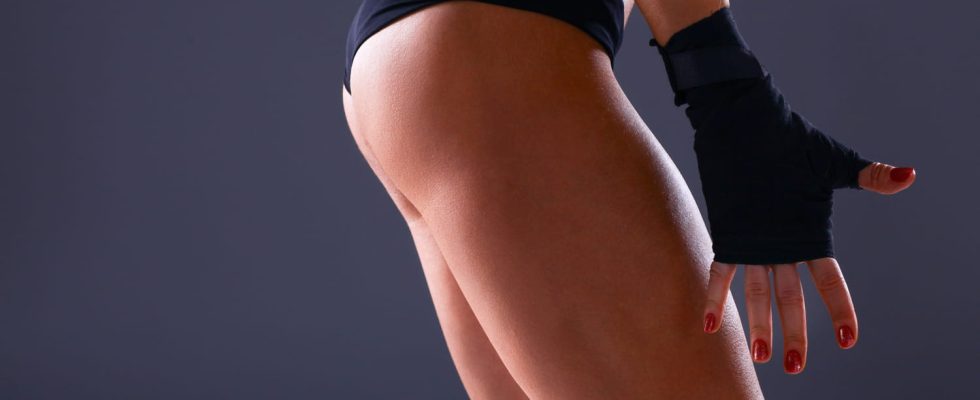Taking an interest in the muscles of the leg means looking at the 11 muscles located between the ankle and the knee, which allow us to walk, jump, propel ourselves… to move and build muscle.
What are the different leg muscles?
The leg by anatomical definition corresponds to the part of the lower limb, which is located between the knee and the ankle. In the leg, we observe 3 muscle compartments: the anterior muscular compartment which allows the foot and toes to be raised, the lateral muscle compartment whose muscles are ankle stabilizers and the posterior muscular compartment which will be used for propulsion. In total, these muscle compartments are composed of 11 muscles : three in the anterior compartment, two in the lateral compartment and six in the posterior compartments. “The names of these different muscles are a little complex. We often talk about triceps surae muscle which corresponds to the calf muscles which are easily seen. The muscle compartments are more representative of the leg muscles“, underlines Dr Sylvain Ambry, physical medicine and rehabilitation doctor (MPR) and sports doctor.
What causes pain in one of the leg muscles?
The causes of pain in one of the leg muscles can be multiple: the first cause of frequent consultation is the muscle or musculoaponeurotic injury. “It is generally a contracture, a muscle strain or tear, all this depends on the grade of the muscle injury. There are other, rarer diagnoses of pain in one of the leg muscles which will present in a different way: either venous or arterial pathologies which cause pain not in a muscle but in muscles “We’re talking about leg pain.” ; either the neurological pathologies corresponding to damage to the nerves which can also cause pain in the legs; either the metabolic pathologies even rarer with ion deficiencies.
Who to consult in case of muscle pain in the leg?
In case of muscle pain in the leg, you should consult firstly your attending physician which will be the pivot of the diagnosis to direct the patient if necessary towards different specialists according to their diagnostic hypotheses. In the event of serious muscle injury, it may be interesting to consult a sports doctor and a physiotherapist. For vascular anomalies, the opinion of a vascular doctor might be interesting. For nerve pathologies, the opinion of a neurologist will also be. “The attending physician must be the hub of the first consultation to sort out the different causes of leg pain.specifies Dr. Ambry.
What exams to visualize the leg muscles?
Sports that involve jumping and running work the leg muscles
Ultrasound is today the first-line examination to visualize all muscle lesions in the leg. If leg vessels are part of the cause of leg pain, a Doppler ultrasound will be proposed. If there is a suspicion of an abnormality of the nerves of the leg, an electromyogram can be considered by the neurologist to observe nerve conduction in the leg muscles. MRI is a secondary examination to provide additional information to ultrasound on specific anomalies. “MRI can make it possible to make a diagnosis when ultrasound provides very few results on muscle lesions“, he notes.
Which sports strengthen these muscles the most?
All sports that involve jumping and running will use the muscles of the leg, from the moment the foot is placed on the ground and the movements are repeated. “To give examples: step, dance, skipping rope… These activities call upon the outer lodge. Running is a sport that will strengthen the leg muscles like all team sports“, explains Dr. Ambry.
“Sport” sports such as swimming and cycling will strengthen these muscles less.
Thanks to Dr Sylvain Ambry, physical medicine and rehabilitation doctor (MPR), sports doctor, at the Libourne hospital center.
